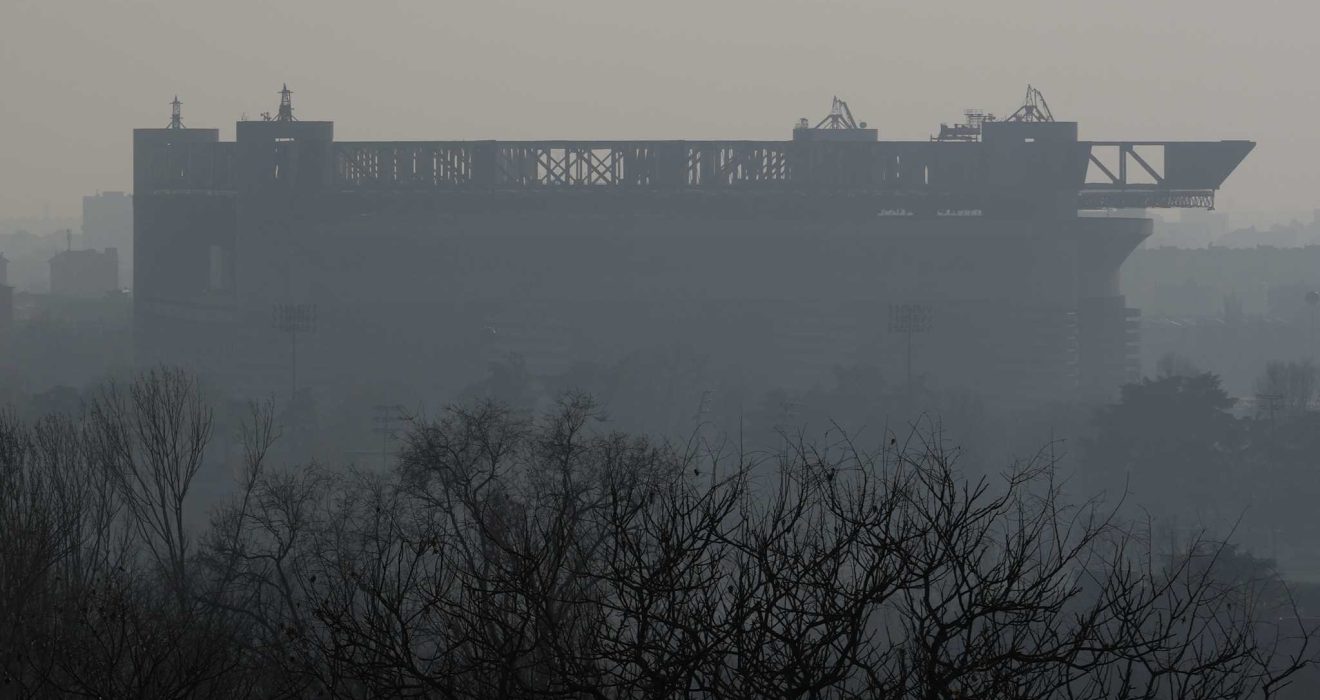Milan, situated in Italy’s Lombardy region, has taken decisive action to address the pressing issue of severe air pollution. Recent measures introduced by local authorities aim to combat elevated pollution levels exacerbated by stagnant weather conditions and industrial emissions. These stringent antismog measures underscore the region’s commitment to safeguarding public health and mitigating the adverse effects of pollution on residents and the environment.
By implementing restrictions on heavy motor vehicle usage during daylight hours and imposing limitations on heating and industrial agricultural activities, Milan seeks to reduce emissions from key sources contributing to air pollution. Additionally, the region is actively addressing persistent challenges such as low rainfall and geographical features that trap pollutants, further exacerbating the air quality crisis.
Milan’s proactive approach reflects a broader commitment to environmental sustainability and underscores the urgency of addressing air pollution-related health risks. Through collaborative efforts and targeted interventions, authorities aim to create a cleaner and healthier environment for current and future generations in Lombardy and beyond.
Restrictions on Heavy Motor Vehicles
Milan’s decision to restrict heavy motor vehicle usage during daylight hours represents a pivotal step in addressing urban air pollution. By targeting transportation emissions, which are significant contributors to poor air quality, the city aims to mitigate the adverse effects of pollution on public health and the environment.
The restriction underscores Milan’s commitment to implementing targeted measures that directly address the sources of pollution. By reducing traffic congestion and emissions from heavy vehicles, the city seeks to improve air quality and create a more sustainable urban environment for residents and visitors alike.
Furthermore, this initiative aligns with broader efforts to promote alternative transportation methods and reduce reliance on fossil fuels, ultimately contributing to a greener and healthier future for Milan and its inhabitants.
Limits on Heating and Industrial Agricultural Activities
Additionally, Milan has imposed limitations on heating and industrial agricultural activities across the nine provinces in the Lombardy region. By curbing these activities, authorities hope to mitigate further pollution from sources such as heating systems and agricultural machinery.
Persistent Air Quality Challenges
Italy, plagued by various factors such as low rainfall, vehicle emissions, and geographical features that trap pollutants, consistently faces air quality challenges, particularly in the winter months. Milan’s recent measures underscore the urgent need to address these persistent issues and safeguard public health.
Italy Leads Europe in Air Pollution-Related Deaths
Italy has been grappling with the consequences of air pollution, with the country leading Europe in deaths attributed to this environmental hazard. According to the Italian Society for Environmental Medicine, approximately 80,000 deaths occur annually in Italy due to air pollution-related illnesses.
Factors Contributing to Italy’s Air Quality Crisis
Italy’s air quality crisis stems from a complex interplay of various factors, each contributing to the challenging environmental conditions faced by the country. Low rainfall exacerbates pollution levels by failing to effectively wash away airborne pollutants, leading to their accumulation in the atmosphere. Additionally, vehicle emissions, particularly from diesel-powered vehicles, play a significant role in degrading air quality, especially in densely populated urban areas where traffic congestion is prevalent.
Geographical features, such as mountain ranges and valleys, can act as natural traps for pollutants, exacerbating their concentration in specific regions. This phenomenon is particularly pronounced in areas like Lombardy, where industrial activities and urbanization further compound pollution levels. The combination of industrial emissions, vehicular traffic, and geographical factors creates a perfect storm for poor air quality, posing significant health risks to residents and visitors alike.
Efforts to address Italy’s air quality crisis require a multifaceted approach, including stricter regulations on vehicle emissions, investment in public transportation infrastructure, promotion of renewable energy sources, and measures to reduce industrial pollution. By tackling these contributing factors comprehensively, Italy can work towards improving air quality and protecting public health for future generations.
Urgent Call for Stricter Measures
Environmental groups have been advocating for even stricter measures to mitigate vehicular, heating, and agricultural emissions in Italy. They emphasize the importance of adhering to World Health Organization standards as essential benchmarks for improving air quality and safeguarding public health.
Lombardy’s Regional Government Takes Action
In response to the current air pollution crisis, Lombardy’s regional government has taken decisive action to address the situation. Citing unacceptable levels of particulate matter and forecasts indicating prolonged smoggy conditions, authorities have implemented measures to curb pollution across various sectors.
Optimism for Long-Term Improvements
Despite the severity of the situation, officials in Lombardy remain optimistic about long-term improvements in air quality. They highlight a significant decrease in particulate matter levels over the past two decades and emphasize substantial investments in sustainable energy initiatives.
Commitment to Environmental Sustainability
While immediate actions are aimed at addressing the pressing issue of air quality, Lombardy’s regional government remains committed to advancing environmental sustainability. Through initiatives such as sustainable energy investments totaling 19 billion euros over the past five years, authorities seek to promote long-term solutions for the well-being of residents.
Conclusion
Milan’s implementation of stringent antismog measures underscores the region’s commitment to prioritizing public health and environmental protection. By addressing the root causes of air pollution and implementing targeted interventions, authorities aim to mitigate the adverse effects of pollution and create a healthier environment for current and future generations.

